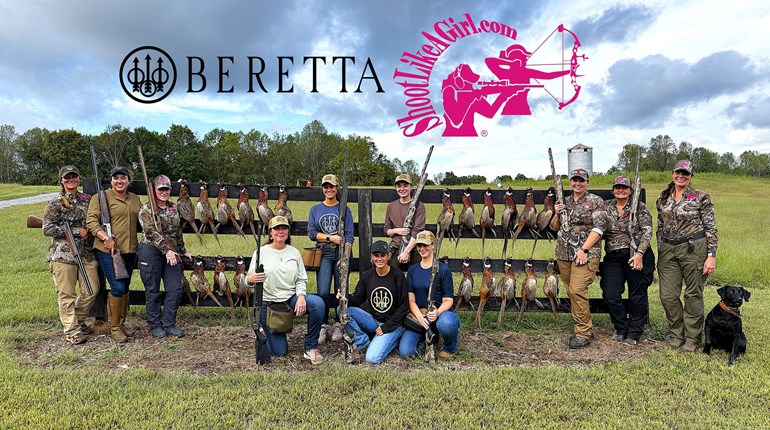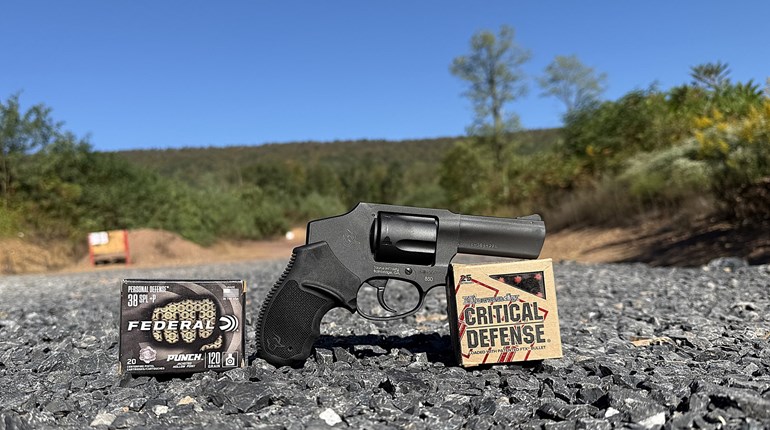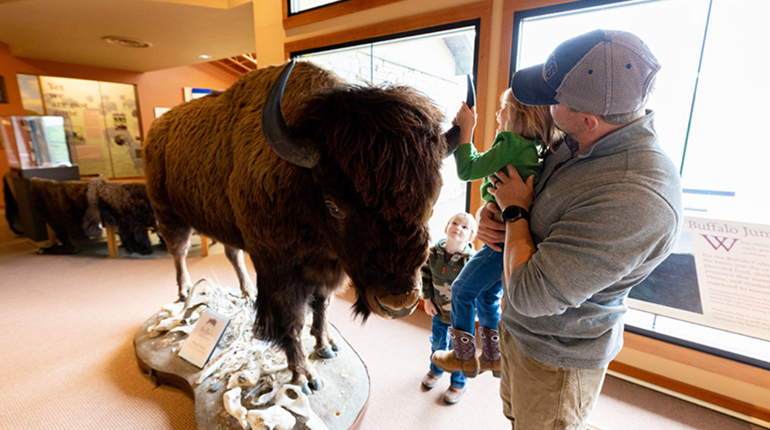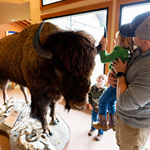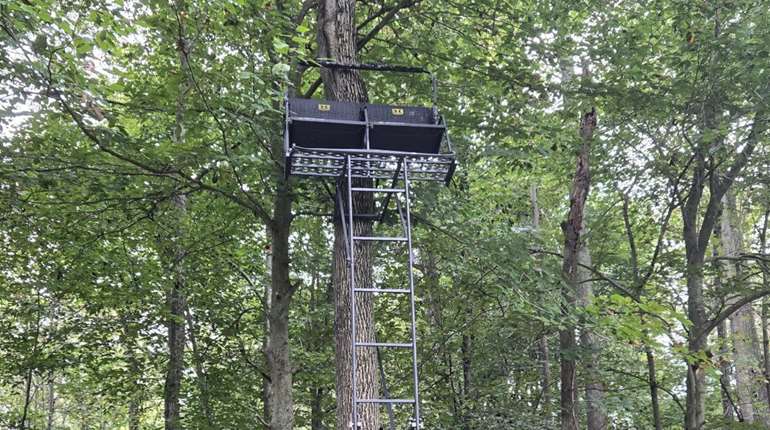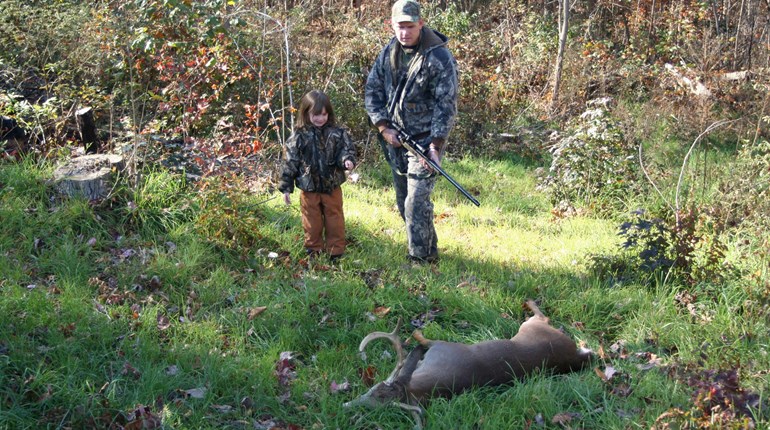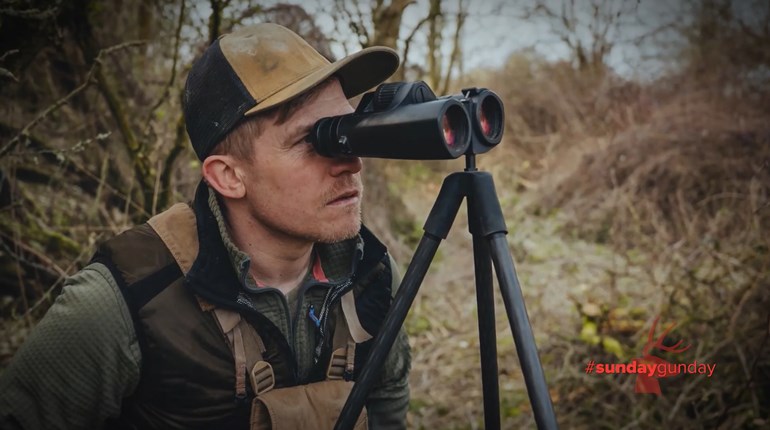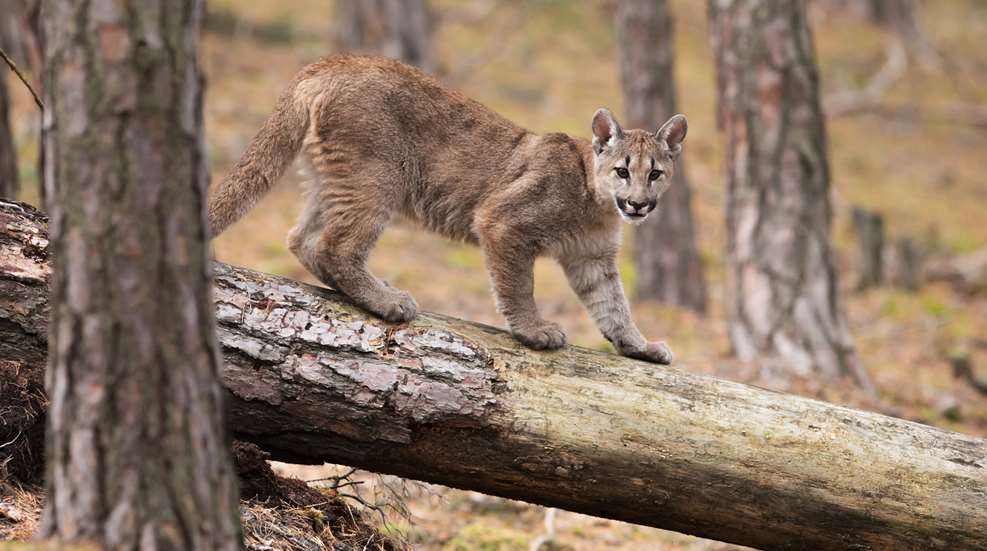
Spend enough time outdoors, and you’ll eventually bump into nature’s ... less cuddly ... residents. Most of the time, they want absolutely nothing to do with you. But every now and then, circumstances shift. A wrong turn, a startled animal, an unlucky trail intersection … through no fault of your own, you may find yourself facing a situation that could end very badly if handled poorly. Animals such as bears, snakes, and mountain lions are just a few of the creatures that inhabit the outdoors, specifically in areas where we often spend time relaxing, hiking, and camping. The good news is that most encounters can be de-escalated with no harm to either you or the animal you happen to cross paths with.
Bears are generally uninterested in humans unless food is involved. That said, if you surprise one at close range, especially a mother with cubs, you could quickly be perceived as a threat. The number one thing to remember is not to run, as it triggers a predatory response. Stay calm, and talk to the bear using a low, firm voice. Avoid eye contact, as it can be perceived as a challenge. Slowly back away and give the bear space to leave, being careful not to turn your back towards the bear.
If the bear continues to approach you, continue to back away slowly while you continue to speaking to the bear. Although rare, if the situation escalates, having bear spray ready can tip the scales in your favor; just be sure to know how to use it before you need it. Bear identification will come in handy should the situation escalate to the point where you are physically being attacked after spraying your bear spray.
While there are three types of bears found in the United States, most people will not find themselves in the Arctic regions of Alaska at risk for polar bear encounters. (This is a good thing, as polar bears are among the few species that actively prey on human beings.) This leaves black bears and brown bears, also known as grizzlies, as the two species with which humans run the risk of encountering while spending time outdoors.
Certain color phases of black bears can be mistaken for a grizzly, so familiarize yourself with the differences between the two. The easiest way to differentiate these two species is to look for the tell-tale shoulder hump atop a bear’s back, which is unique to brown bears. If attacked by a black bear, you should be prepared to fight back with everything you’ve got, targeting spots such as its eyes, mouth, nose, and neck. Grizzlies are larger and more aggressive. If you're falling victim to a grizzly attack, lie flat on your stomach with your hands protecting the back of your neck, remaining as still as possible.
Unlike bears, snakes are a much quieter woodland companion. They're quiet, often perfectly camouflaged to their habitat, and may be underfoot before you realize they’re there. The main venomous snakes in the United States are rattlesnakes, copperheads, and cottonmouths. If you hear that telltale rattle, stop moving and listen closely, attempting to identify where the sound is emanating from. Don’t try to get a closer look at the snake or attempt to swat or kick it away, as this is when most bites occur. Instead, slowly and calmly create distance.
If you’re bitten, forget about outdated and ineffective treatments such as cutting open the bite area or somehow suctioning or sucking out the venom. Keep the bitten body part below the level of your heart, remain as calm and still as possible to slow venom spread, and get medical help as soon as possible. Catching a glimpse of the snake that bit you or even having a friend snap a photo of it from afar can help medical professionals ID the snake and administer the most appropriate antivenom. That said, don't waste valuable time trying to capture or kill the snake.
Mountain lions and similar big cats are yet another animal with whom we frequently cross paths, often without even realizing it. They’re stealthy hunters and typically avoid people, but a hungry or provoked cat can pose quite a threat. Unlike with bears, unplanned encounters with these intimidating felines require you to hold your ground and appear large. Raise your arms, speak loudly, and don’t turn your back. If you are with others, form a group bringing yourselves together to present yourself as an even more intimidating threat.
If the cat acts aggressively or continues its approach, throw rocks, wave sticks, or anything you can manage to convince it that you are not an easy target. If it does attack, fight back with everything you’ve got. Aim for the eyes and face, and don’t give up. Survivors of mountain lion attacks almost always fought tooth and nail (so to speak).
There is a common thread in each of the three aforementioned encounters, and that is to NOT PANIC. Panic shuts down essential skills such as keen observation and decision-making, which are key to the encounter ending on a positive note. Wild animals aren’t creatures lurking in the shadows that we should fear; they’re just trying to survive. And if you respect their space and understand their behavior, you dramatically reduce your risk of a bad day in the backcountry.
The term “preparation is key” has been ground into our very beings throughout the years, and there is no denying that a bit of education goes a long way. Take the time to learn about the terrain you’ll be visiting, as well as animals and plants that typically inhabit the area. If you’re going to be in an area where there are frequent bear sightings, bring along a can of bear spray and/or a firearm.
Wearing a pair of snake boots or gaiters when in prime snake territory is an effortless way to protect against snakebites. Hiking in a group versus alone can ward off an unpleasant encounter with an injured or territorial cat. Additionally, one must be vigilant in practicing situational awareness. You’re opting to spend your hard-earned free time in the beauty of nature, so your eyes shouldn’t be glued to your cellphone screen, and you certainly shouldn’t be wearing headphones that drown out external sounds. Take in the world around you and utilize all your senses to truly enjoy the great outdoors, as well as the animals that inhabit it.














